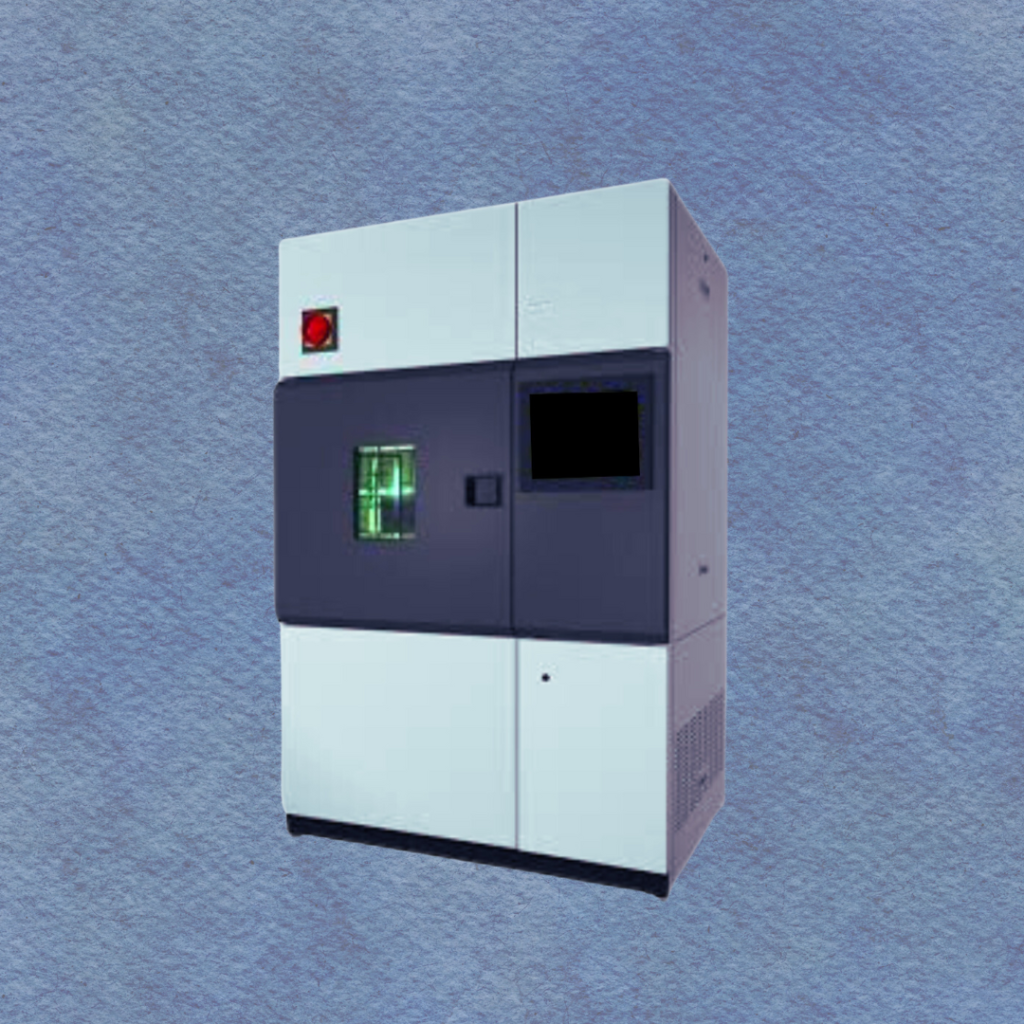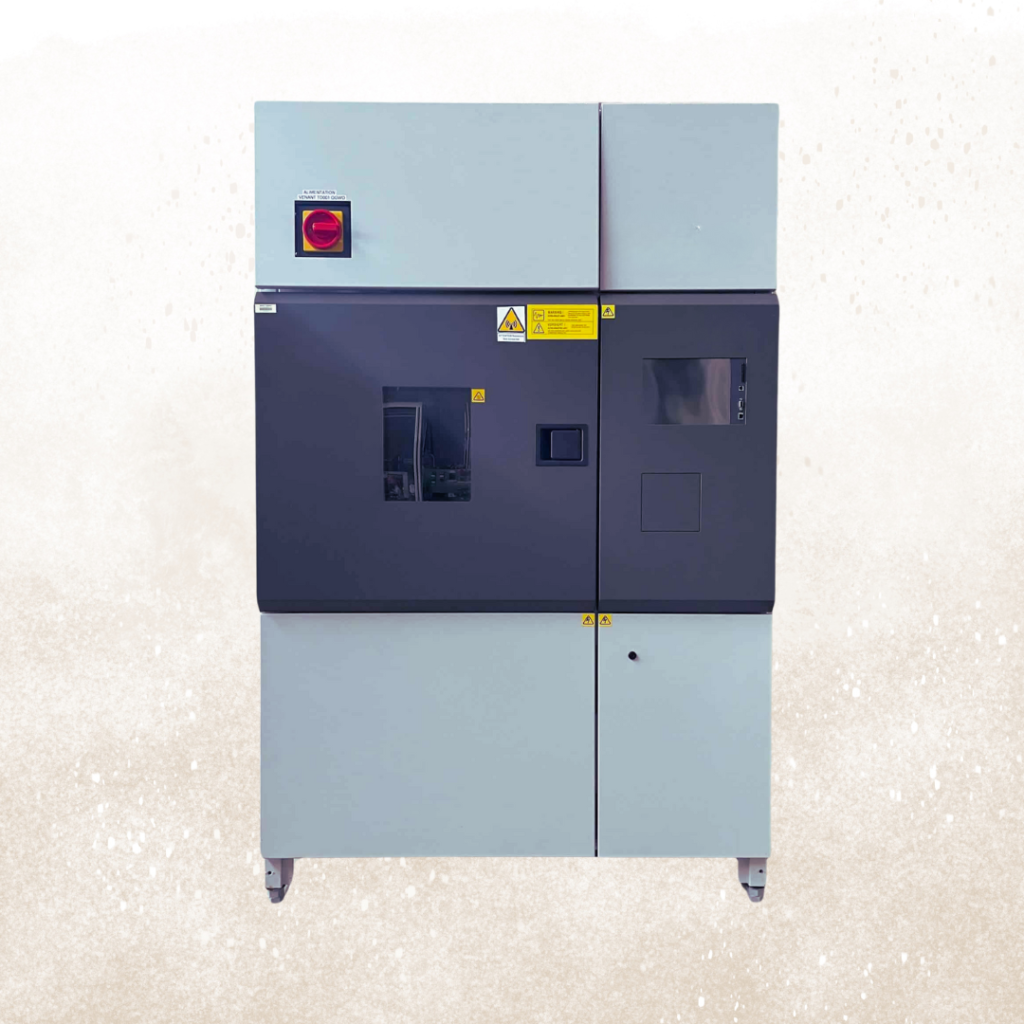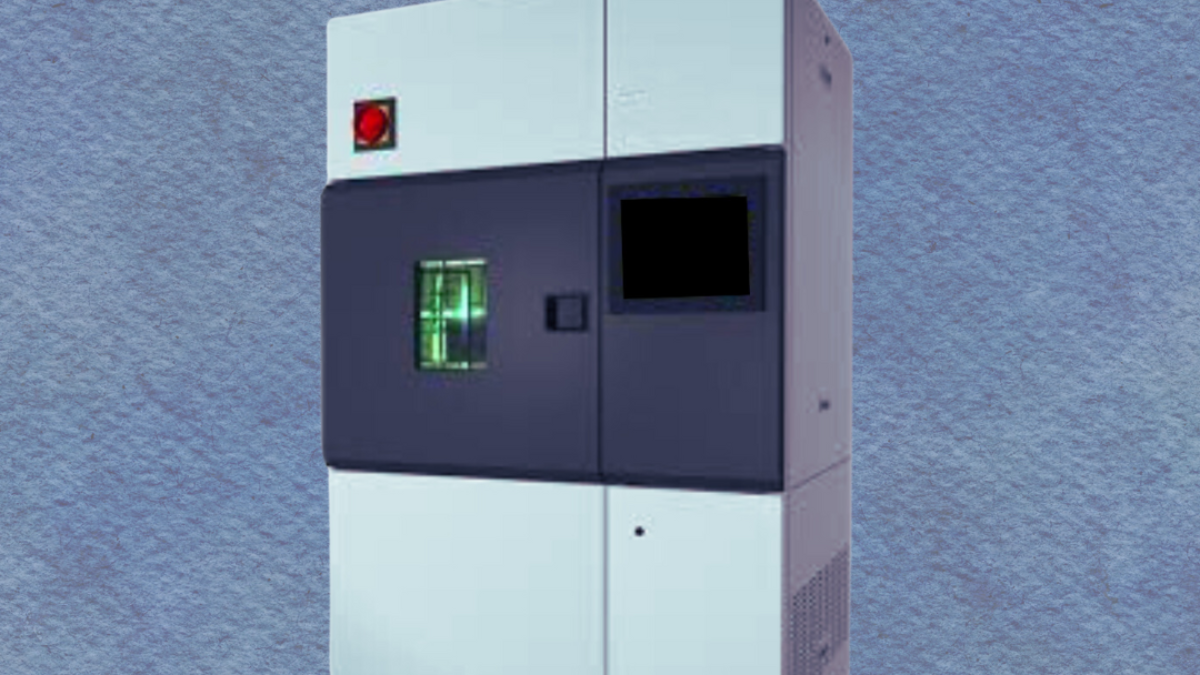Xenon Lamp Testing As Per Standard ASTM D7869
Ensuring Material Longevity with Xenon Lamp Testing - A Deep Dive into ASTM D7869
Introduction
- In the world of materials testing, accurately predicting how a product will hold up against the elements is vital. Manufacturers need to ensure their products maintain their quality and durability when exposed to natural sunlight, moisture, and temperature changes over time. Xenon lamp testing is a widely accepted method to simulate these conditions, and the ASTM D7869 standard sets the benchmark for this testing. Let's delve into what ASTM D7869 entails and why it's the go-to standard for comprehensive weatherability testing.

What Makes Xenon Lamp Testing Essential?
Outdoor exposure can have a significant impact on materials such as plastics, coatings, textiles, and paints. Over time, these materials may discolor, weaken, crack, or lose their protective properties due to prolonged exposure to sunlight (UV rays), moisture, and temperature fluctuations. To predict and mitigate these effects, industries rely on xenon lamp testing, which replicates natural sunlight’s full spectrum, providing valuable insights into how materials will age and degrade.
Understanding ASTM D7869
ASTM D7869 is a testing standard developed for xenon arc exposure, designed to simulate the conditions materials face in outdoor environments more realistically. Unlike other testing standards, ASTM D7869 offers an enhanced and sophisticated approach to weathering simulation by controlling the full spectrum of sunlight, including UV, visible light, and infrared radiation.
Here’s a closer look at the key aspects of ASTM D7869:
- Precise Solar Spectrum Simulation: One of the standout features of ASTM D7869 is its ability to accurately simulate the solar spectrum. It encompasses ultraviolet (UV), visible, and infrared light, mimicking the natural sunlight spectrum that materials encounter in real-world outdoor conditions.
- Temperature and Humidity Cycling: The standard introduces temperature and humidity variations to replicate the natural heating and cooling cycles that materials experience during the day and night. This cycling is essential to mimic real-world conditions, as materials often expand, contract, and react differently under varying temperature and humidity levels.
- Water Spray and Condensation: ASTM D7869 includes water spray and controlled condensation cycles to simulate rain, dew formation, and high humidity. These moisture conditions are critical in assessing the impact of water on the physical and mechanical properties of materials, helping manufacturers understand how moisture exposure might affect their products over time.
- Irradiance Control: Controlling the intensity of light exposure (irradiance) is crucial to ensure that the testing conditions match natural outdoor sunlight. ASTM D7869 specifies precise irradiance settings to create a realistic and consistent exposure environment, making the test results reliable and reproducible.
Why Choose ASTM D7869 for Xenon Lamp Testing?
ASTM D7869 is a highly detailed and comprehensive standard that offers a realistic approach to weatherability testing. Here’s why it stands out among other xenon arc testing standards:
Realistic Simulation: By accurately replicating the full solar spectrum, temperature variations, and moisture conditions, ASTM D7869 provides a realistic simulation of how materials will perform in real-life outdoor environments.
Broader Testing Capabilities: The standard’s ability to incorporate UV, visible light, and infrared radiation exposure makes it versatile for testing a wide range of materials, including plastics, coatings, automotive parts, packaging, and building materials.
Informed Product Development: The insights gained from ASTM D7869 testing help manufacturers design and develop products that are more durable, ensuring they meet quality standards and consumer expectations.
Applications of ASTM D7869 Testing
Industries that benefit from ASTM D7869 xenon lamp testing include:
- Automotive: Testing exterior components like bumpers, trim, and coatings to ensure they withstand long-term sunlight exposure without fading or degrading.
- Plastics: Assessing the UV stability of plastic products used in outdoor applications, such as playground equipment, garden furniture, and packaging.
- Paints and Coatings: Evaluating the weatherability of paints, varnishes, and coatings to prevent cracking, peeling, or fading when exposed to harsh outdoor conditions.
- Textiles: Determining the colorfastness and strength of outdoor fabrics and clothing that are subjected to sunlight and weather exposure.
How to Implement ASTM D7869 in Your Testing Process
To get the most accurate and reliable results from xenon lamp testing, it is crucial to follow the ASTM D7869 standard precisely. This involves:
- Selecting the Right Testing Equipment: Using a xenon arc testing device capable of simulating the full spectrum of sunlight and controlling temperature, humidity, and moisture settings according to ASTM D7869.
- Setting Up Test Parameters: Ensuring that the testing conditions such as irradiance, temperature cycling, humidity, and water spray are set according to the specifications in ASTM D7869 to closely mimic real-world exposure.
- Evaluating Results: After the exposure cycle, examining the test specimens for changes in color, mechanical properties, surface degradation, or any other criteria relevant to the material being tested.

Conclusion
- Xenon lamp testing per ASTM D7869 is an essential tool for manufacturers looking to produce durable, weather-resistant products. By offering a detailed simulation of outdoor weathering conditions, ASTM D7869 enables a comprehensive assessment of material performance, ensuring that products can withstand prolonged exposure to sunlight, moisture, and temperature changes.

